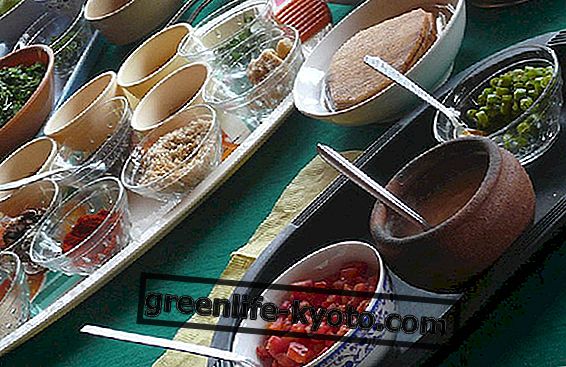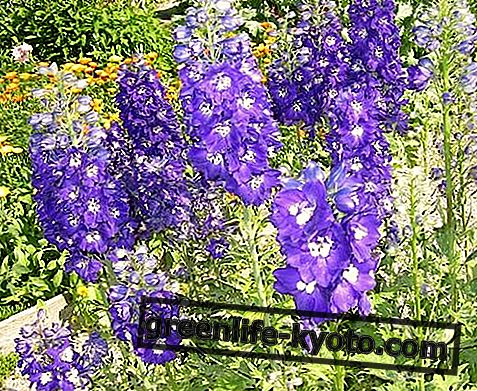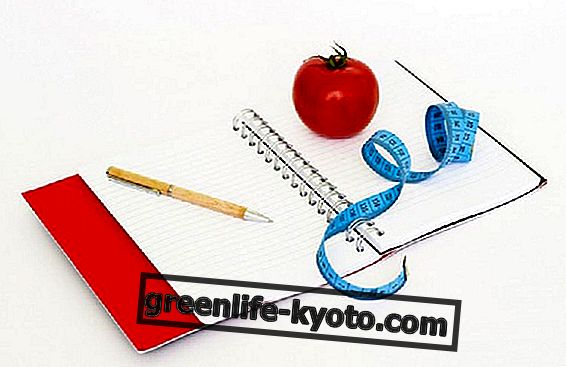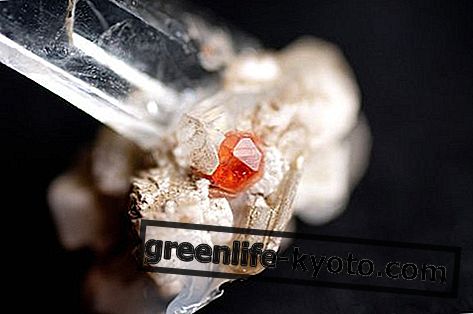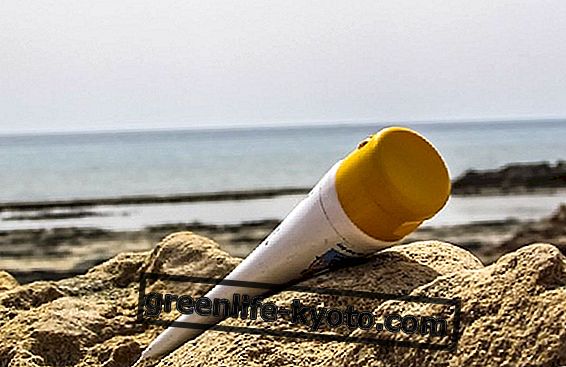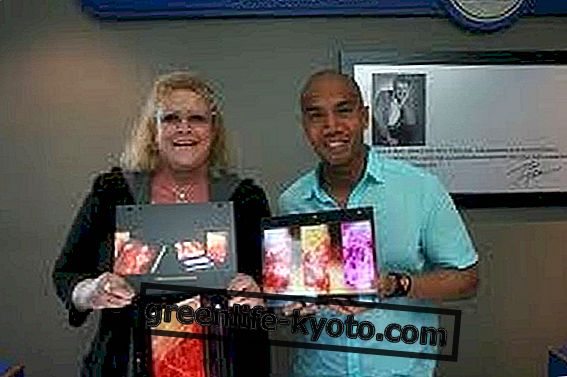
The reasons for using herbalist shampoos are mainly two: the delicacy of washing and respect for the environment . If you take a look at the substances that make up the ingredients of any shampoo, apart from the functional ones that make the product specific for a certain type of hair or skin (greasy hair, dry with dandruff etc.), there are a whole series of mysterious names that correspond to surfactants, preservatives, emulsifiers and perfumes.
Herbalist shampoo: functional substances
The functional substances present in herbalist shampoos are the active ingredients contained in the plants. The Latin names on the product labels indicate the presence of herbs and medicinal plants whose specific virtues for the formulation of the detergent are being exploited: nourishing, protective, astringent, purifying action .
Naturally introducing into the cosmetic one or more plants, while giving it a natural connotation, does not mean obtaining a 100% vegetable cosmetic, a product in which the totality of the ingredients used can be found in nature. The consumer has no choice but to favor products that have a high percentage of components of natural origin, beginning to pay more attention to what is reported on the label.
Herbalist shampoo: surfactants
Surfactants are those additives that make foaming shampoos; for this reason they are also called "detergents". These are used for their cleansing and degreasing action . Many herbs and medicinal plants contain active ingredients called saponins which, chemically, are formed by the union of sugar residues (such as glucose, fructose, galactose, arabinose, etc.) with a non-sugar molecule called aglycone (in this case also sapogenin). This particular structure is responsible for the detergent activity of saponins, given that the sugars form a water-soluble section, while the aglycone is fat-soluble .
The surfactants of plant origin are often obtained from vegetable oils: palm oil, sunflower, olive and sugar and are characterized by low environmental impact combined with excellent skin tolerability. They gently cleanse the skin and hair, do not alter the physiological pH of the skin, respect the hydrolipidic mantle, are not irritating and are completely biodegradable.
Herbalist shampoo: preservatives
Preservatives have the delicate task of preserving the product from oxidation and avoiding contamination by bacteria and molds. Along with surfactants, perfumes and emulsifiers, preservatives are the ingredients that can potentially cause greater damage to the skin and cause various disorders, such as sensitization, allergies, irritation, and contact dermatitis.
Most herbal shampoos use potassium sorbate, a salt also used in the food industry as a preservative (antifungal and disinfectant) in all, or almost all, food preparations based on fruit and derivatives.
Herbalist shampoo: emulsifiers
Emulsifiers are instead used to stabilize an emulsion, preserve its consistency and humidity levels, preserve the freshness of the product and above all avoid the separation of different ingredients such as water and oils. The best known example of an emulsion is mayonnaise composed of oil in water and stabilized by the lecithin contained in the egg yolk. In the herbal cosmetic industry the main thickeners and emulsifiers are gums (gum arabic and the like) and soy lecithin.
Herbalist shampoo: perfumes
In nature the aromas are obtained from the so-called aromatic plants, from which the essential oils are extracted according to various methods. The shampoos commonly found in herbal medicine do not need to use perfumes derived from petrochemical or synthetic solvents, because they are the plants themselves that provide the best natural flavors . Furthermore, by using essential oils as well as delighting in their smell, you can take advantage of their powerful antibacterial properties which improves the action of natural preservatives.
